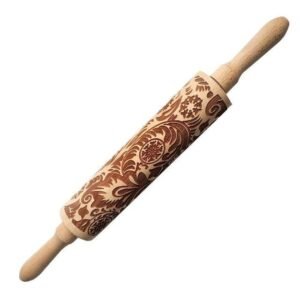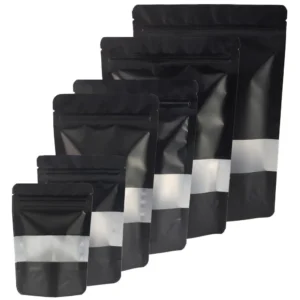- Introduction
- Cake’s Historical Journey
- Cake Varieties Around the World
- Essential Cake Ingredients
- Baking the Perfect Cake
- Specialized Cake Recipes
- Decorative Cake Artistry
- Cakes for Every Occasion
- Cake Versus Bread: A Comparison
- Maintaining Food Safety in Baking
- Conclusion
- FAQs
- Frequently Linked Pages
Introduction
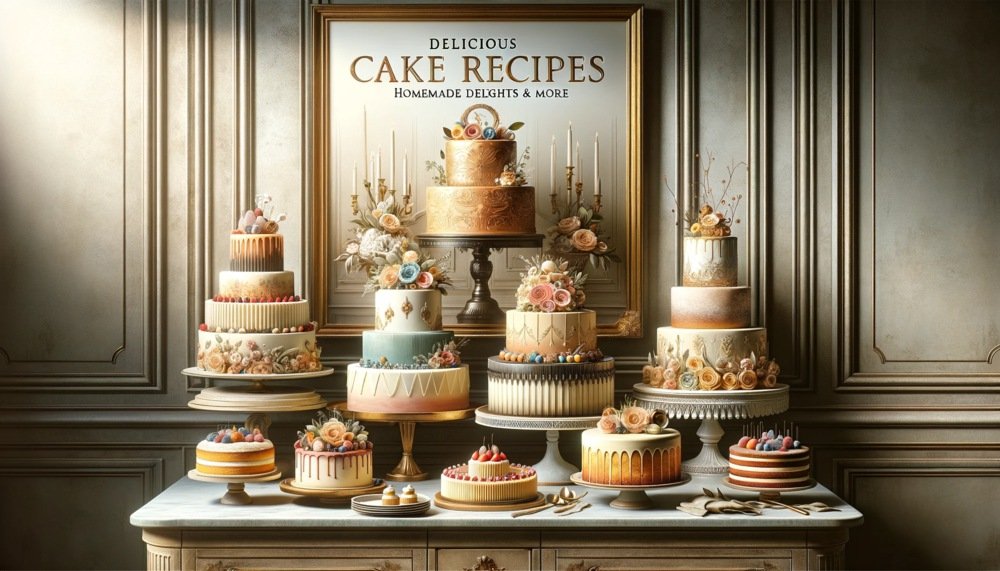
Cake: A beloved dessert enjoyed worldwide. From birthdays to weddings, chocolate cakes, butter cakes, and sponge cakes are staple choices for celebrations. But have you ever wondered about the fascinating history and artistry behind cake decorating, specifically chocolate cakes, butter cakes, and angel food cake? How did sponge cakes get their name, and what purpose does sugar, flour, and butter serve in our lives beyond satisfying our sweet tooth? We’ll also share some tips on how to achieve the perfect sponge cakes every time, from adjusting baking times to incorporating different flavors using flour, butter, and sugar. So, if you’re curious about the difference between oil-based cakes made with flour and sugar and those made with butter or how temperature affects the rise of cake batter, join us on this journey as we unravel the secrets of cake-making.
Cake’s Historical Journey
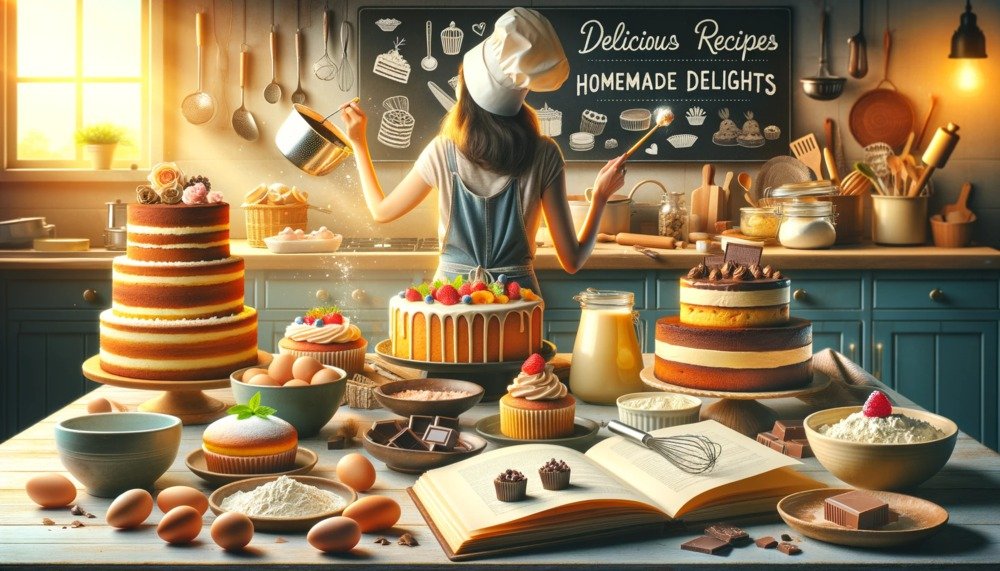
Ancient Egyptians were among the first to bake sweetened bread-like cakes.
Sponge cakes, made with sugar and flour, are a beloved dessert enjoyed by people all around the world. These cakes have a rich and fascinating history. Dating back thousands of years, the art of cake decorating has been a popular practice. Its origins can be traced to ancient Egypt, where sugar was used to create intricate designs on sponge cakes and angel food cake. The resourceful Egyptians were among the first to experiment with baking sugar-sweetened bread-like cakes. They combined basic ingredients such as flour, honey, and water to create simple yet delicious cake decorating treats.
Greeks and Romans added honey and fruits to their cakes for flavor.
As time went on, cake-making techniques evolved and spread across different civilizations. The Greeks and Romans took inspiration from the Egyptians but added their own twist to the recipe. They introduced ingredients like honey and fruits such as dates or figs to enhance the flavor of their cakes. These additions not only provided sweetness but also brought a burst of natural flavors that delighted taste buds.
The Middle Ages saw the emergence of layered cakes with icing.
During the Middle Ages, cake baking continued to evolve in Europe. It was during this period that layered cakes with icing gained popularity. Bakers started experimenting with stacking multiple cake layers together, separated by fillings such as jam or cream. This innovation allowed for more creativity in both presentation and taste. To add an extra touch of sweetness and decoration, they began covering the exterior of the cake with icing made from sugar or marzipan.
The historical journey of cake showcases how it has evolved over time through cultural exchanges and creative experimentation. From its humble beginnings in ancient Egypt to becoming a staple dessert worldwide, each civilization contributed something unique to its development.
Cakes have become an integral part of various celebrations throughout history – birthdays, weddings, anniversaries – you name it! They symbolize joyous occasions and serve as a centerpiece at gatherings where loved ones come together to celebrate milestones in life.
Today, we have countless variations of cake recipes available – from classic vanilla and chocolate to extravagant creations with intricate designs. The art of cake making has become a true culinary craft, with professional bakers and home enthusiasts alike constantly pushing the boundaries of creativity.
Cake Varieties Around The World
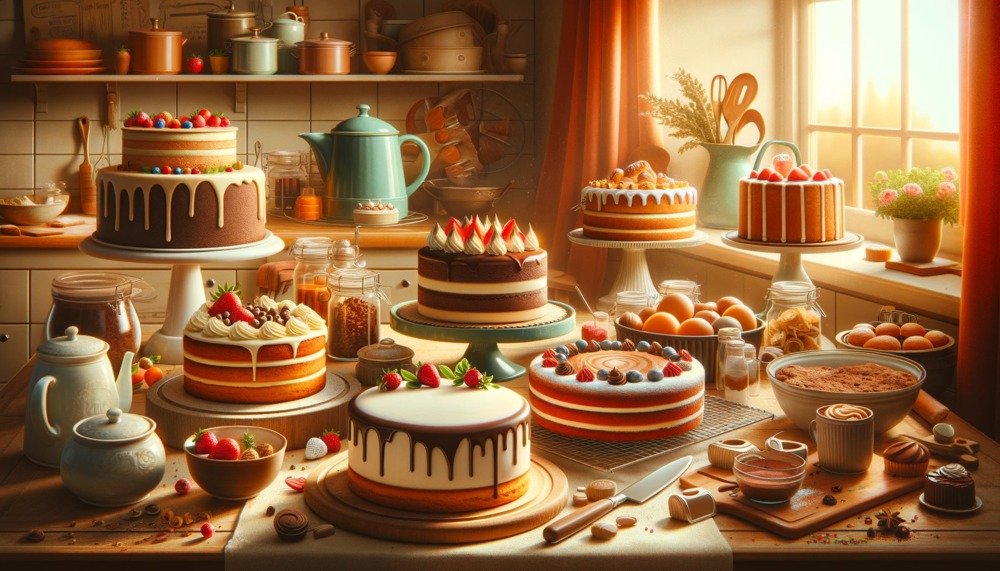
Japan’s Fluffy Sponge Cakes: “Kasutera”
In Japan, cake lovers are in for a treat with the fluffy and light sponge cakes known as “kasutera.” These delightful confections have a unique texture that is soft, moist, and airy all at once. Kasutera cakes originated from Portugal and were introduced to Japan during the 16th century by Portuguese traders. Over time, the Japanese added their own twist to these cakes, resulting in a distinct version that has become immensely popular across the country. The secret to their fluffiness lies in the precise combination of ingredients and meticulous baking techniques.
Italy’s Irresistible Tiramisu
Italy is renowned for its delectable cuisine, and one of its most famous desserts is tiramisu. This indulgent treat combines layers of coffee-soaked ladyfingers with creamy mascarpone cheese. The name “tiramisu” translates to “pick me up,” which perfectly describes the effect this dessert has on your taste buds! With each bite, you’ll experience a harmonious blend of flavors – the richness of cocoa powder, the subtle bitterness of espresso, and the luscious creaminess of mascarpone cheese. Tiramisu is a true delight for coffee lovers and dessert enthusiasts alike.
Germany’s Classic Black Forest Cake
Germany’s Black Forest cake takes center stage. This classic dessert features layers of moist chocolate cake filled with cherries and whipped cream. The name “Black Forest” originates from the specialty liquor produced in Germany’s Black Forest region called Schwarzwälder Kirsch(wasser). This liquor adds a delightful cherry flavor to the cake layers. To top it off, generous amounts of whipped cream are piped onto the cake along with chocolate shavings or cherries for an exquisite presentation.
These three cake varieties showcase the diversity and creativity in dessert-making around the world. Each country has its own unique spin on cake, resulting in delightful flavors and textures that cater to different palates. Whether you prefer the light and fluffy kasutera from Japan, the rich and creamy tiramisu from Italy, or the indulgent chocolatey goodness of Germany’s Black Forest cake, there’s a cake out there to satisfy every sweet tooth.
So, next time you’re craving a slice of cake, why not venture beyond your usual choices and explore these international delights?
Essential Cake Ingredients

Flour, sugar, and eggs are the holy trinity. Each of these ingredients plays a crucial role in creating the perfect texture, taste, and structure. Let’s dive into why these ingredients are essential for any cake recipe.
Flour: Structure and Texture
Flour is the backbone of any cake. It provides structure and gives the cake its desired texture. When mixed with liquid and leavening agents like baking powder or baking soda, flour forms gluten strands that give the cake its structure. The type of flour used can also affect the final result. All-purpose flour is commonly used in most cake recipes as it strikes a balance between protein content and tenderness.
Sugar: Sweetness and Browning
Sugar not only adds sweetness but also contributes to the overall texture of the cake. When combined with fat (usually butter or oil), sugar helps create air pockets during creaming, resulting in a light and fluffy texture. Sugar aids in browning during baking by caramelizing on the surface of the cake, giving it that desirable golden crust.
Eggs: Binder and Moisture
Eggs act as binders in cakes, holding all the ingredients together. They provide structure and stability to the batter while contributing moisture to keep the cake moist and tender. The proteins found in eggs coagulate during baking, helping set the shape of the cake.
In addition to these essential ingredients, there are other components like leavening agents (such as baking powder or baking soda) that help cakes rise by releasing carbon dioxide gas when exposed to heat. Also, fats (like butter or oil) add richness and flavor to cakes while keeping them moist.
You can get creative by adding various extracts like vanilla or almond extract for an extra burst of taste. You can also incorporate other mix-ins such as chocolate chips, nuts, or fruits to enhance the flavor and texture of your cake.
Baking The Perfect Cake

Preheating the Oven: Ensuring Even Baking Throughout the Cake
Preheating the oven is a crucial step in baking the perfect cake. It may seem like an insignificant detail, but it plays a significant role in achieving even baking throughout your cake. When you preheat the oven, you allow it to reach and maintain the desired temperature before placing your cake inside. This ensures that heat is evenly distributed from all sides, resulting in a beautifully baked cake.
Properly Measuring Ingredients: Guaranteeing Accurate Results
Accurate measurement of ingredients is key to achieving consistent and successful results when baking a cake. Whether you’re following a classic butter cake recipe or experimenting with a white or chocolate cake, precise measurements matter. Using measuring cups and spoons designed for dry or wet ingredients helps ensure accuracy.
When measuring dry ingredients like flour or cocoa powder, spoon them into the measuring cup and level off the excess with a straight edge. Avoid packing these ingredients tightly as it can lead to dense cakes. For liquid ingredients such as milk or oil, use a liquid measuring cup placed on a flat surface for accurate readings at eye level.
Testing for Doneness: The Toothpick Skewer Technique
Knowing when your cake is perfectly baked is essential to avoid undercooking or overcooking it. The toothpick skewer technique comes in handy here. To test for doneness, insert a clean toothpick or skewer into the center of your cake. If it comes out clean with no batter clinging to it, your cake is ready.
However, if you notice any wet batter sticking to the toothpick, continue baking for a few more minutes before testing again. Be cautious not to overbake your cake as it can result in dryness and loss of moisture.
By following these three key steps—preheating the oven properly, accurately measuring ingredients, and testing for doneness—you’ll be well on your way to baking the perfect cake. Remember, baking is both a science and an art, so don’t be afraid to experiment with different flavors, frostings, and decorations to create your own signature cakes.
Whether you’re making a classic sponge cake or a multi-layered masterpiece, these foundational techniques will set you up for success. So gather your ingredients, preheat that oven, and let the aroma of freshly baked cake fill your kitchen!
Specialized Cake Recipes
Red Velvet Cake
Red velvet cake is a classic Southern favorite that never fails to impress. With its vibrant red color and tangy cream cheese frosting, it’s a showstopper at any event. The secret behind its rich hue lies in the combination of cocoa powder and a touch of vinegar, which reacts with the buttermilk to create that distinct red color. The result is a moist and velvety texture that melts in your mouth.
Carrot Cake
If you’re looking for a cake that’s both delicious and nutritious (well, sort of), carrot cake is the way to go. This moist and spiced treat is made with grated carrots, giving it a unique flavor profile. It’s often paired with rich cream cheese icing, which complements the subtle sweetness of the carrots perfectly. Don’t be fooled by the vegetables – this cake is an absolute crowd-pleaser!
Sponge Cake
Light, airy, and versatile, sponge cake is a staple in many dessert recipes. Its delicate texture makes it perfect for layering or rolling into jelly rolls. Made with just a few simple ingredients like eggs, sugar, flour, and sometimes butter or oil, sponge cake relies on beaten egg whites to achieve its signature fluffiness. Whether you’re making a classic Victoria sponge or experimenting with different flavors and fillings, this cake will always be a winner.
There are endless possibilities beyond these three classics. From rich chocolate cakes to light angel food cakes and everything in between, there’s something for everyone’s taste buds. Experiment with different flavors like lemon zest or almond extract to add your own personal touch.
Decorative Cake Artistry
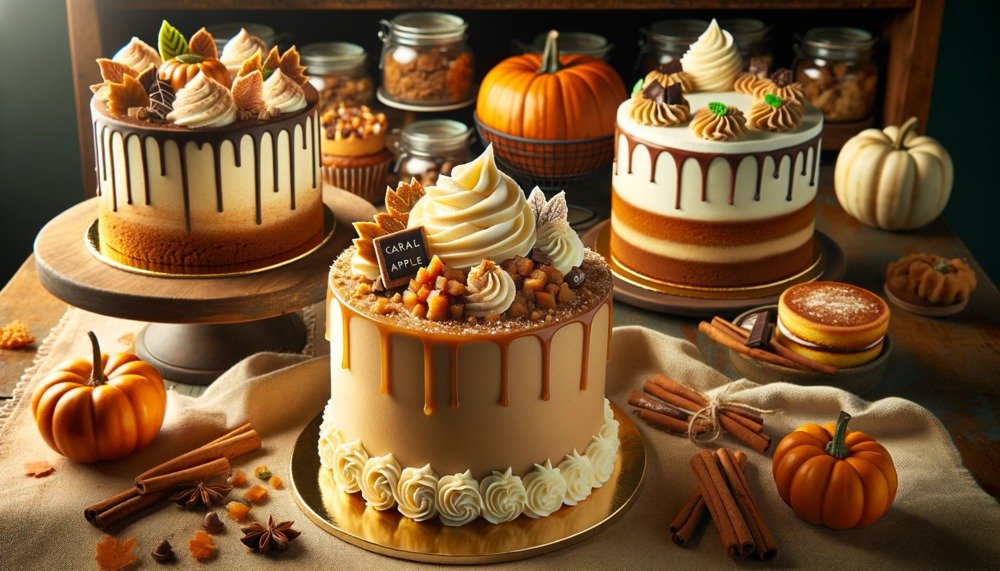
Fondant, along with royal icing, allows for intricate designs on cakes, creating a smooth finish.
Fondant is like the artist’s canvas in the world of cake decorating. It’s a pliable icing that can be rolled out and draped over cakes, providing a flawless and seamless appearance. With fondant, bakers can create elaborate designs that are simply not possible with traditional buttercream frosting. From delicate lace patterns to lifelike flowers, fondant opens up a whole new realm of creativity in cake artistry.
Imagine a wedding cake adorned with intricate sugar flowers cascading down its tiers or a whimsical birthday cake featuring your favorite cartoon character. Fondant makes these dreams come true by allowing bakers to sculpt and shape it into any design they desire. Whether it’s an elegant wedding cake or a fun-themed birthday cake, fondant provides the perfect blank canvas for artistic expression.
Piping techniques like rosettes or borders add elegance to any cake design
Piping is another essential skill in the world of cake decoration. It involves using a pastry bag fitted with various tips to create beautiful designs on cakes. One popular piping technique is creating rosettes, which are delicate swirls of icing that resemble blooming roses. These rosettes can be arranged in stunning patterns on cakes, adding an element of elegance and sophistication.
Borders are another way to elevate the aesthetic appeal of a cake. By using different piping tips and techniques, bakers can create intricate borders that frame the edges of the cake beautifully. Whether it’s a simple shell border or an elaborate lace-like pattern, these borders add visual interest and give cakes a polished look.
Airbrushing creates stunning gradients of color on fondant-covered cakes
Airbrushing takes cake decorating to a whole new level by adding depth and dimension through color gradients. Using an airbrush tool filled with edible food coloring, bakers can spray fine mist onto fondant-covered cakes, creating a seamless blend of colors. This technique is particularly popular for creating ombre effects, where the color transitions from light to dark or vice versa.
Imagine a cake that starts with a vibrant pink at the bottom and gradually fades into a soft pastel shade at the top. Airbrushing allows for this stunning gradient effect, making the cake visually captivating. It can also be used to add intricate details and patterns, like stenciled designs or realistic textures.
Cakes For Every Occasion
Personalized Birthday Cakes
Birthday cakes are the highlight of any birthday celebration. They can be customized and personalized to make the birthday boy or girl feel extra special. One popular way to personalize a birthday cake is by adding the person’s name in colorful icing on top of the cake. Another option is to incorporate their age into the design, using candles shaped like numbers or fondant cutouts. Themed decorations are also a hit, with cakes designed to look like superheroes, princesses, sports equipment, or anything else that reflects the birthday person’s interests.
Elegant Wedding Cakes
Wedding cakes are an essential part of any wedding reception and are often considered works of art. These cakes are typically tiered and adorned with delicate sugar flowers cascading down each layer. The design and decoration of a wedding cake can vary widely based on personal preferences and wedding themes. Some couples opt for classic white cakes with intricate lace-like patterns, while others choose bold colors and modern designs. The possibilities are endless.
Celebratory Graduation Cakes
Graduation is a significant milestone in one’s academic journey, and what better way to celebrate than with a custom graduation cake? These cakes often feature symbols associated with graduation, such as graduation caps, diplomas, or even miniature replicas of the graduate themselves! The design can be tailored to match school colors or incorporate elements that represent the graduate’s field of study. Whether it’s a simple sheet cake adorned with edible decorations or an elaborate sculpted masterpiece, graduation cakes serve as a sweet tribute to years of hard work and accomplishments.
Chocolate cakes remain a perennial favorite among many individuals. The rich cocoa flavor combined with moist layers creates an irresistible treat that appeals to chocolate lovers of all ages. From classic chocolate fudge to decadent chocolate ganache, there are numerous ways to incorporate this beloved flavor into a cake.
Cake Versus Bread: A Comparison
Sweeter and Softer Delights
Cake and bread are both beloved baked goods, but they have distinct differences that set them apart. One notable contrast lies in their taste and texture. Cake is typically sweeter and softer, often melting in your mouth with each bite. The addition of sugar, butter, and other flavorings gives cakes their delectable sweetness. In contrast, bread tends to have a more neutral taste and a denser texture.
Leavening Agents: Yeast vs Baking Powder/Soda
Another significant difference between cake and bread lies in the leavening agents used during the baking process. Bread relies on yeast as its primary leavening agent. When combined with warm water or milk, yeast ferments and produces carbon dioxide gas bubbles, causing the bread to rise. This fermentation process gives bread its characteristic airy structure.
On the other hand, cake utilizes baking powder or baking soda as leavening agents. These ingredients react with acidic components like buttermilk or vinegar to produce carbon dioxide gas bubbles when exposed to heat. This reaction leads to the rising of the cake batter, resulting in a light and fluffy texture.
Dessert vs Staple Food
One of the most apparent distinctions between cake and bread is how they are commonly enjoyed. Cake is often served as a dessert or celebratory treat during special occasions like birthdays or weddings. Its sweet flavors and decorative designs make it an indulgent delight that adds joy to any gathering.
In contrast, bread is primarily consumed as a staple food item in various cuisines worldwide. It serves as a versatile accompaniment to meals or can be used for sandwiches or toast throughout the day. Bread’s versatility makes it an essential part of many people’s daily diets.
While these two baked goods may differ significantly in their purpose – cake for celebration and bread for sustenance – they both hold a special place in our hearts and stomachs.
The Magic of Baking
Whether you’re baking a cake or making bread, the process involves a touch of magic. Mixing ingredients, watching them transform in the oven, and savoring the final product brings joy to both bakers and eaters alike. The art of baking allows us to create delicious treats that satisfy our cravings and bring people together.
Maintaining Food Safety In Baking
Properly Storing Ingredients: Eggs and Dairy
Proper storage of ingredients like eggs and dairy is crucial for maintaining food safety. Eggs should be stored in the refrigerator to prevent bacterial growth and contamination. It’s important to check the expiration date before using them in your cake batter. If you notice any cracks or unusual odors, it’s best to discard them.
Dairy products such as milk, butter, and cream should also be stored in the refrigerator at the recommended temperature. Be sure to check their expiration dates as well. If you’re using perishable dairy products like cream cheese or whipped cream as cake fillings or toppings, make sure they are properly chilled until serving time.
Regular Cleaning of Baking Utensils and Equipment
In order to reduce the risk of cross-contamination, regular cleaning of baking utensils and equipment is essential. After each use, wash your mixing bowls, measuring cups, spatulas, and other tools with hot soapy water. Rinse them thoroughly before drying or sanitizing them.
Pay special attention to areas where batter or frosting may have splattered or dripped onto your countertops or appliances. Clean these surfaces promptly with a disinfectant cleaner to prevent the growth of harmful bacteria.
Following Recommended Cooking Temperatures
To ensure that cakes are safe to consume, it’s important to follow recommended cooking temperatures. The internal temperature of a fully baked cake should reach 210°F (99°C) when tested with a toothpick or cake tester inserted into the center.
Undercooked cakes can pose a risk of foodborne illnesses due to potential presence of harmful bacteria such as Salmonella or E.coli. To avoid this risk, always bake your cakes for the recommended amount of time specified in the recipe and use an oven thermometer for accuracy.
By adhering to these guidelines for storing ingredients properly, regularly cleaning baking utensils and equipment, and following recommended cooking temperatures, you can maintain food safety in your baking endeavors. Remember, it’s better to be safe than sorry.
Conclusion
A delectable journey through the world of cakes! From their fascinating history to the wide variety of flavors and designs, we’ve explored every aspect of this beloved dessert. We’ve learned about the essential ingredients and techniques that go into baking the perfect cake, and we’ve discovered specialized recipes for those looking to take their baking skills to new heights. Whether you’re celebrating a special occasion or simply indulging in a sweet treat, cakes offer endless possibilities for creativity and enjoyment.
So why not grab your apron, preheat that oven, and embark on your own cake-baking adventure? With the knowledge and inspiration gained from this article, you’re well-equipped to create delicious masterpieces that will delight both your taste buds and those lucky enough to share in your creations. So go ahead, unleash your inner baker, and let the magic of cakes bring joy to your life and the lives of others.
FAQs
What are the different types of cakes?
There are various types of cakes available, such as chocolate cake, vanilla cake, red velvet cake, carrot cake, and cheesecake. Each type has its unique flavor and ingredients to suit different preferences.
How can I bake a cake at home?
Baking a cake at home is simple! Gather your ingredients, follow a recipe, mix the batter, pour it into a greased pan, and bake in the oven according to the instructions. Don’t forget to let it cool before frosting or decorating.
What are some popular cake decorations?
Popular cake decorations include buttercream frosting, fondant designs, edible flowers, sprinkles, chocolate ganache drizzle, fresh fruit garnishes, and piped icing. These decorative elements add visual appeal and enhance the overall presentation of the cake.
Can I substitute ingredients in a cake recipe?
Yes! Depending on dietary restrictions or personal preferences, you can often substitute certain ingredients in a cake recipe. For example, you can use applesauce instead of oil for a healthier option or swap all-purpose flour with gluten-free flour for those with gluten sensitivities.
How do I store leftover cake?
To keep your leftover cake fresh for longer, store it in an airtight container at room temperature or in the refrigerator if it contains perishable fillings like cream or custard. Make sure to consume within a few days for optimal taste and texture.
Frequently Linked Pages
1. Baking near me – Baking Near Me: Discover The Best Local Bakeries And Culinary Delights
2. Cake baking near me – Cake Baking Near Me: Best Bakeries In Richmond, VA
3. Cake bake shop – The Cake Bake Shop: Gwendolyn Rogers’ Delightful Cakes




